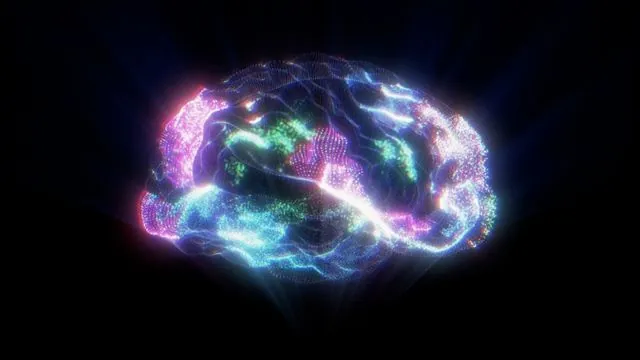
Groundbreaking Insights into Nitrogen Fixation on Early Earth: A Key to Understanding Life’s Origins!
2024-09-17
Introduction
Recent discoveries suggest that fixed nitrogen species generated by the primitive Earth's atmosphere were crucial for the emergence of life and the metabolism of its earliest organisms.
Revisting Nitrogen Fixation During the Hadean Epoch
In a significant advancement from previous research, scientists have revisited nitrogen fixation during the Hadean epoch, known for its harsh conditions. Earlier studies primarily focused on a simplistic chemical model that examined nitrogen fixation in an atmosphere dominated by nitrogen (N2) and carbon dioxide (CO2), particularly emphasizing the production of NOx species through the thermochemical dissociation caused by lightning. However, these studies neglected the inclusion of HCN (hydrogen cyanide) formation, an essential component in prebiotic chemistry.
New Comprehensive Study
In a new comprehensive study, researchers have implemented an updated model using the Chemical Equilibrium with Applications (CEA) thermochemical framework, expanding upon the understanding of lightning-induced nitrogen fixation. They utilized the advanced KINETICS photochemical model from Caltech/JPL to detail how these fixed nitrogen compounds rained down into the early oceans of our planet.
Complexity of Early Atmospheric Interactions
This updated model incorporates complex hydrocarbon and nitrile chemistry, crucial for a more accurate representation of early atmospheric interactions. The researchers also explored the impact of solar energetic particles, theorizing that these particles played a role in nitrogen fixation throughout the atmosphere. Notably, a pioneering reaction pathway, which introduces HCN via HCN2, has been proposed. This novel approach suggests that reactions involving CH radicals, derived from methane photolysis, could facilitate nitrogen incorporation into aerosol structures, enhancing viability for life's building blocks.
Impact on HCN Rainout Rates
The findings indicated a remarkable increase in HCN rainout rates—up to five times higher when HCN2 reactions were included in the model. This enhancement in nitrogen fixation indicates a more favorable environment for the development of primitive life.
Equilibrium Concentration of Fixed Nitrogen Species
Furthermore, the study estimates the equilibrium concentration of fixed nitrogen species in the Hadean ocean, which accounts for factors like hydrothermal vent circulation, photoreduction, and hydrolysis. Such insights not only enhance our understanding of Earth’s formative years but also open dialogue about the potential for life in extraterrestrial environments.
Conclusion
These groundbreaking findings are crucial for both astrobiologists seeking life elsewhere in the universe and researchers unraveling Earth’s own complex origins. The implications of this study underscore the intricate dance of chemistry that paved the way for life as we know it—shedding light on the fundamental processes that may still hold the key to life's emergence across the cosmos!
Stay Tuned!
Stay tuned for more updates on this fascinating field of research, as we continue to explore the mysteries of our universe!


 Brasil (PT)
Brasil (PT)
 Canada (EN)
Canada (EN)
 Chile (ES)
Chile (ES)
 España (ES)
España (ES)
 France (FR)
France (FR)
 Hong Kong (EN)
Hong Kong (EN)
 Italia (IT)
Italia (IT)
 日本 (JA)
日本 (JA)
 Magyarország (HU)
Magyarország (HU)
 Norge (NO)
Norge (NO)
 Polska (PL)
Polska (PL)
 Schweiz (DE)
Schweiz (DE)
 Singapore (EN)
Singapore (EN)
 Sverige (SV)
Sverige (SV)
 Suomi (FI)
Suomi (FI)
 Türkiye (TR)
Türkiye (TR)